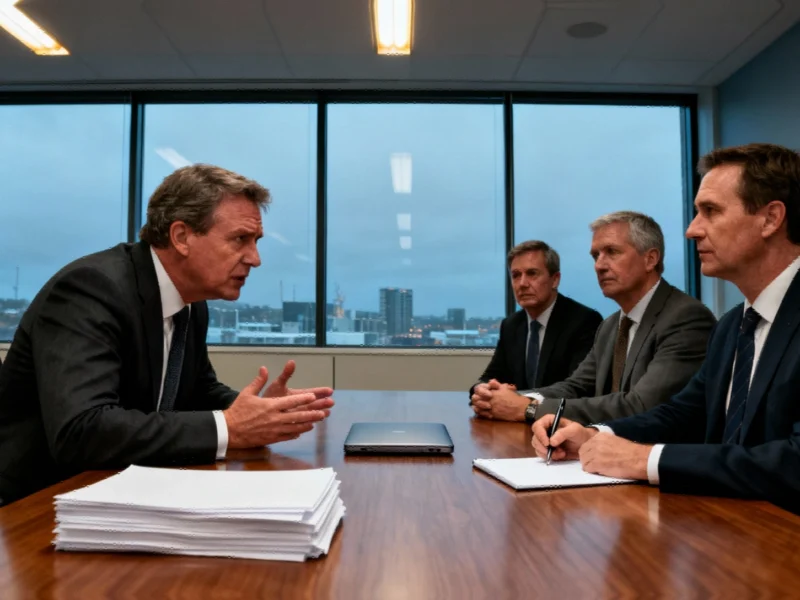Environmental Law Overhaul Faces Tight Timeline
The federal government is reportedly seeking to pass comprehensive reforms to Australia’s national environmental protection framework within an accelerated timeframe, leaving just 12 parliamentary sitting days for scrutiny of what analysts suggest represents the most significant changes in over two decades. According to reports, Environment Minister Murray Watt aims to have the legislation passed before parliament rises on November 27, despite key details remaining undisclosed to even regular consultation groups.
Minister Engages Industry and Opposition
Sources indicate Watt has been conducting private meetings with mining industry leaders in Perth this week, encouraging business groups to lobby the Coalition to support the legislation. The minister reportedly views cooperation with the opposition as preferable to negotiating with the Greens, particularly after ruling out the inclusion of a “climate trigger” that would require project assessments to consider emissions impact. Shadow environment minister Angie Bell has described multiple meetings with Watt as “positive,” signaling increased openness from the Coalition compared to previous positions.
Key Reforms and Outstanding Questions
The proposed legislation includes the establishment of “no-go” and “go” zones that would either prohibit or accelerate development approvals, along with bilateral agreements allowing states like Western Australia to assess projects under federal laws. However, analysts suggest several contentious elements remain unresolved, including the powers and structure of the proposed federal environment protection agency and the design of national environmental standards. Industry groups have reportedly expressed strong preference for the environment minister to retain decision-making authority rather than delegating it to an independent agency.
Political Dynamics and Criticism
With Labor lacking a Senate majority, the government must secure support from either the Coalition or Greens to pass the legislation this year. Reports suggest senior government figures favor a deal with the opposition, whose leader Sussan Ley originally commissioned the Samuel review that forms the basis of these reforms. Greens environment spokesperson Sarah Hanson-Young has criticized the accelerated timeline, suggesting that industry and Coalition support indicates the reforms prioritize “corporate profits” over environmental protection. The compressed scrutiny period has raised concerns among some observers about adequate parliamentary examination of the complex legislation.
Industry and Technology Context
The environmental law reforms come amid broader technological developments affecting industrial sectors, including new AI systems for detecting dangerous code in industrial applications and expanded AI capabilities across technology platforms. Meanwhile, industries face increasing cybersecurity challenges, with recent reports of European cyber defense systems under pressure and major outsourcing firms experiencing significant security breaches. Alternative computing solutions continue to emerge, including options for Windows 10 users seeking different platforms.
Implementation Timeline Concerns
The proposed three-week passage timeframe would represent one of the fastest major legislative processes in recent parliamentary history. According to reports, even the select group of environment and industry stakeholders who meet weekly with Watt have yet to see draft legislation, raising questions about the sufficiency of the consultation process. The government’s approach marks a significant departure from the previous iteration of environmental reforms, which Anthony Albanese controversially shelved before the May election after they failed to gain sufficient support.
This article aggregates information from publicly available sources. All trademarks and copyrights belong to their respective owners.
